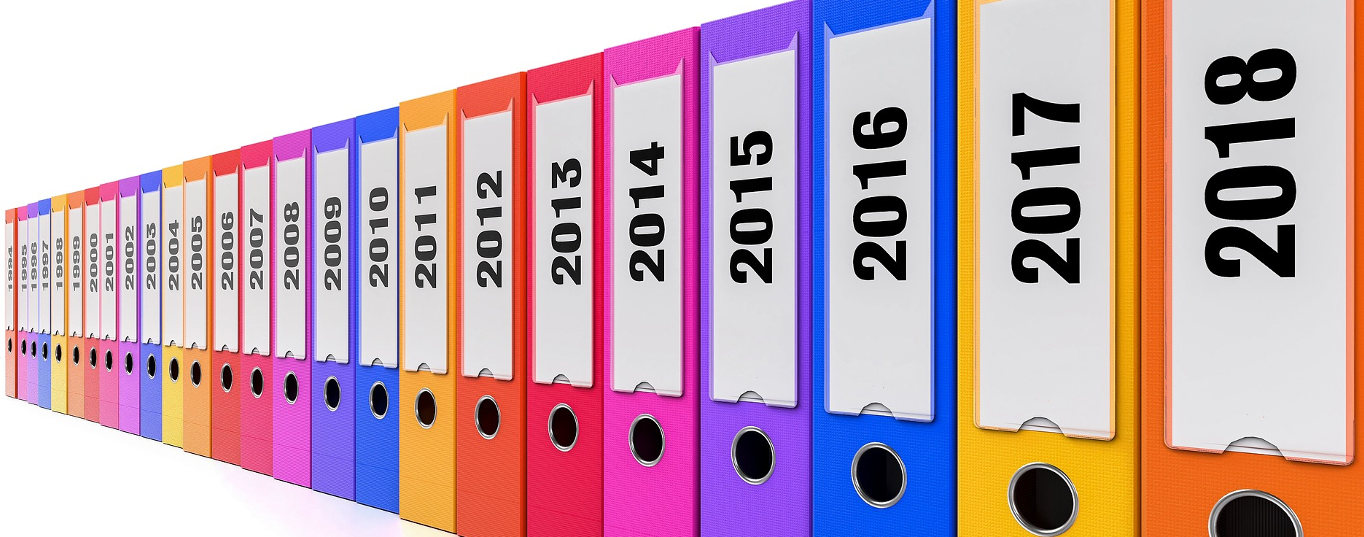4 Easy Steps to Organizing Your Personal Paperwork

Receipts, medical records, bills, insurance policies and appliance warranties! It’s easy to feel overwhelmed with paperwork at work and at home. That’s why it often ends up at the bottom of our to-do list. As a result, those important papers may get thrown in a junk drawer or sit in a pile of mail for a week or may just get lost forever. Then, when you need that document the most, it’s time-consuming or even impossible to find. If you want to avoid that problem and take back control of your paperwork, here are the 4 simple steps you should take:
- Buy a filing cabinet with colorful hanging folders. A two-drawer filing cabinet is a good amount of space to work with from the start. Consider buying a stylish filing cabinet instead of a cheap eye-sore. If it doesn’t have to be hidden in a closet, it’ll be easier to access and you’ll be less inclined to put off filing. Also buy colorful hanging folders so that different categories of paperwork easily stand out from each other.
- Organize the folders. Labels are your best friend. How you categorize your documents is up to you and your individual needs. Some broad ways to categorize include:
- Home/Apartment: mortgage, insurance policies
- Auto: titles, insurance policies, repair records
- Health (can be further categorized to health, dental, vision): medical records, insurance policies
- Financial: tax records, bank statements
- Electronics: cable and Internet plans, warranties
- Personal: birth and marriage certificates, passports, wills
Do keep in mind that for especially important documents, it’s wise to invest in a safe or a safety-deposit box and create copies that can be easily accessed from your filing cabinet
- Make continued organization a simple habit. Once you complete the first two steps, all of your current paperwork will be filed, but how do you stay on top of it? Get three wire bins and label them as follows: To File, To Pay, To Read. When you get mail, receipts, or any sort of paperwork, immediately put it in one of these bins (or in the garbage, if it’s junk mail). On a weekly basis, go through the bins and do what they say: file records, pay bills and read those documents.
- Keep your filing system clutter-free. Twice a year, go through your filing cabinet and remove unnecessary paperwork. Recategorize or add new categories if needed. After a certain amount of time has passed, some documents can be shredded. Here’s how you know when it’s time.
Staying organized at home doesn’t have to be complicated, and neither does being organized at work. On a larger scale, keeping employee and business records organized is as easy as using Stevens & Stevens’ records management services. Stevens & Stevens offers an efficient file indexing solution that facilitates proper retention, accurate and quick retrieval, as well as proper regulatory compliance. Learn more here.




